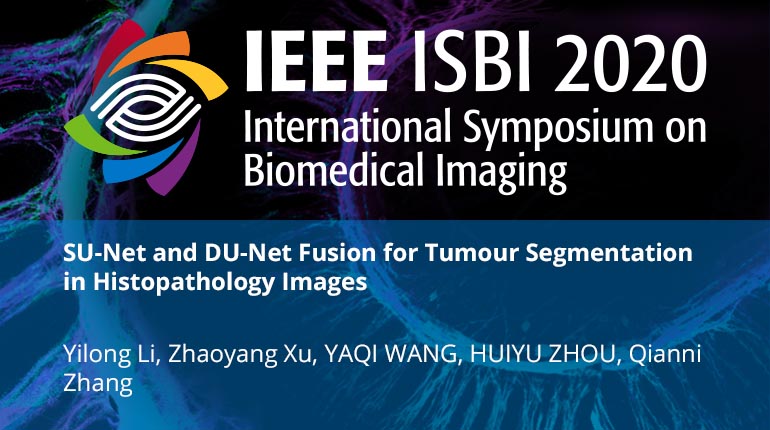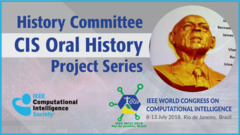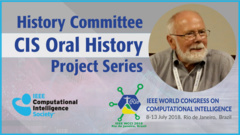
Already purchased this program?
Login to View
This video program is a part of the Premium package:
SU-Net and DU-Net Fusion for Tumour Segmentation in Histopathology Images
- IEEE MemberUS $11.00
- Society MemberUS $0.00
- IEEE Student MemberUS $11.00
- Non-IEEE MemberUS $15.00
SU-Net and DU-Net Fusion for Tumour Segmentation in Histopathology Images
In this work, a fusion framework is proposed for automatic cancer detection and segmentation in whole-slide histopathology images. The framework includes two parts of fusion, multi-scale fusion, and sub-datasets fusion. For a particular type of cancer, histopathological images often demonstrate large morphological variances, the performance of an individual trained network is usually limited. We develop a fusion model that integrates two types of U-net structures: Shallow U-net (SU-net) and Deep U-net (DU-net), trained with a variety of multiple re-scaled images and different subsets of images, and finally ensemble a unified output. Smoothing and noise elimination are conducted using convolutional Conditional Random Fields (CRFs)cite{CRF}. The proposed model is validated on Automatic Cancer Detection and Classification in Whole-slide Lung Histopathology (ACDC@LungHP) challenge in ISBI2019 and Digestive-System Pathological Detection and Segmentation Challenge 2019(DigestPath 2019) in MICCAI2019. Our method achieves a dice coefficient of 0.7968 in ACDC@LungHP and 0.773 in DigestPath 2019, and the result of ACDC@LungHP challenge is ranked in third place on the board.
In this work, a fusion framework is proposed for automatic cancer detection and segmentation in whole-slide histopathology images. The framework includes two parts of fusion, multi-scale fusion, and sub-datasets fusion. For a particular type of cancer, histopathological images often demonstrate large morphological variances, the performance of an individual trained network is usually limited. We develop a fusion model that integrates two types of U-net structures: Shallow U-net (SU-net) and Deep U-net (DU-net), trained with a variety of multiple re-scaled images and different subsets of images, and finally ensemble a unified output. Smoothing and noise elimination are conducted using convolutional Conditional Random Fields (CRFs)cite{CRF}. The proposed model is validated on Automatic Cancer Detection and Classification in Whole-slide Lung Histopathology (ACDC@LungHP) challenge in ISBI2019 and Digestive-System Pathological Detection and Segmentation Challenge 2019(DigestPath 2019) in MICCAI2019. Our method achieves a dice coefficient of 0.7968 in ACDC@LungHP and 0.773 in DigestPath 2019, and the result of ACDC@LungHP challenge is ranked in third place on the board.
 Cart
Cart Create Account
Create Account Sign In
Sign In





